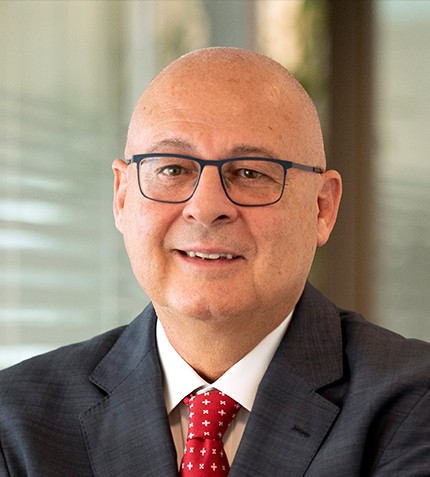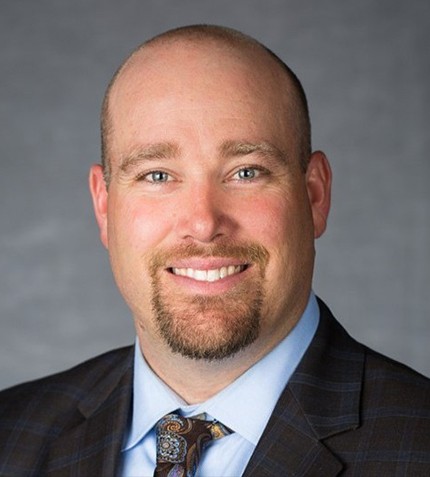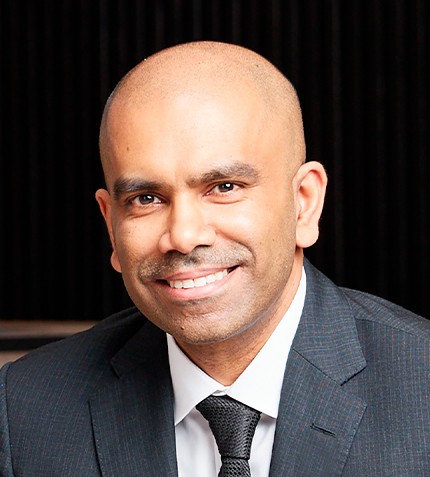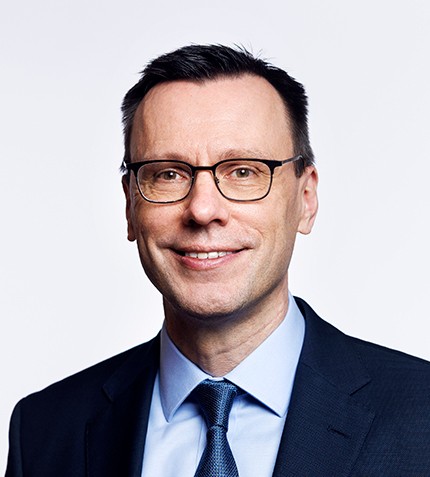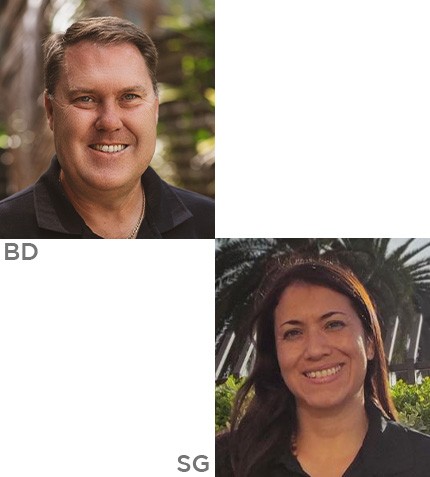
"Trakka captures asset health information from each machine and uses our proprietary analytics platform to assess equipment condition."
Brad Donnelly & Silvia González
BD: MANAGING DIRECTOR – MINING & SG: REGIONAL PARTNER – SOUTH AMERICA, DINGO
Can you introduce Dingo and give us a brief history of the company?
BD: Dingo has been operating for 30 years and we have a great history of improving asset health at over 260 operations worldwide. The company’s mission is to provide actionable knowledge for machines that matter and our software and people have an intimate knowledge of large, mechanical assets. With digitalization, sensors, analytics, and advancement in technology, we have seen an evolution of maintenance strategies in the mining sector, from run to failure, all the way to condition based and predictive maintenance, which is where we play.
We have several long-term partnerships and in 2020, the company signed a global agreement with Newmont, which saw the leading gold miner expand the use of our software Trakka to manage workflow generated from its Operations Support Hubs at their operations on four continents. Our corporate offices are in Brisbane, we have a regional office in Denver, and a network with partners such as Petrobusiness in Latin America.
How does the company’s predictive maintenance technology work?
BD: Trakka, Dingo’s flagship product, is a cloud based predictive maintenance software platform. It has the ability to ingest a customer’s asset condition data into a single platform and provides mining operations with the right tools, insights and decision support to run a best-in-class asset health program, which efficiently manages, analyzes and acts on all asset condition data from one tool. Trakka captures asset health information from each machine and uses our proprietary analytics platform to assess equipment condition. If problems are found the system, which seamlessly integrates with existing workflow processes, alerts the maintenance team on site, and recommends corrective actions as an outcome. This early warning system equips maintenance teams with the actionable knowledge required to quickly rectify pending issues, resulting in increased availability, fewer unplanned failures, and increased production. We also have a mobile Asset Health Manager app, which is an end-to-end solution for field inspection, data capture and analysis.
What experience does Dingo have in South America?
BD: We established our partnership with Petrobusiness in 2017, initially centered around a particular customer in Colombia, before broadening across the continent. Additionally, we found success through our longer-term partnerships with our global mining customers in the region. We support seven operations in Latin America and have recently rolled out Trakka into a large underground gold operation in Argentina. We have worked on a few life extension initiatives, of which one resulted in a 30% improvement in engine life and another resulted in 40% life improvement on Cat 793 engines and a 10% to 20% improvement across the customers’ entire fleet. Our mobile inspection app has certainly seen substantial uptake in the region, and we have also collaborated on building predictive models for specific components, equipment, and failure modes.
SG: We have a great and growing team to support customers across Latin America. Having local capabilities with employees that speak Spanish and understand the different cultures in the region is important for business development and to ensure operations run smoothly.
How have you seen the adoption of innovation advance in the mining sector?
BD: Certainly Covid has moved the timeline forward for a lot of mining companies, particularly around modernization, digitalization, automation, and technologies to protect worker health and safety. Investments in digital, ESG and decarbonization are currently driving more innovation. This shift needs to be supported by IoT technology, sensors, communication, and cloud based software solutions.
One challenge for widespread adoption is the interoperability and lack of standards between systems and integration activities required. With the use of more sensors, the amount of data becomes more significant and whilst larger miners have substantial in-house capabilities, some of the mid-tier and smaller miners do not and are unsure what to do with the amount of data that is generated.
What growth opportunities do you see in Chile’s mining sector?
BD: Chile holds massive opportunity as the demand for transition energy metals like copper and lithium increases.
For Dingo, there are enormous opportunities to support this growth and we believe predictive maintenance solutions like Trakka are going to experience high demand as they bring value to miners through driving increased availability and production.




